Scenes of Seasonal Splendor Album(歲華紀勝圖冊 / Suì Huá Jì Shèng Tú Cè)
—A Ming Dynasty Masterpiece by Wu Bin (吳彬, c. 1573–1620)
Overview
This 12-panel silk-scroll album, housed in Taipei’s National Palace Museum, captures the essence of seasonal festivities across a year in late Ming China. Painted by Wu Bin, a visionary artist known for his surreal landscapes and eccentric figural style, the work blends poetic imagination with meticulous gongbi (工笔) realism. Each panel depicts a month-specific celebration—from lantern-lit New Year revelries (元夜) to winter exorcism rituals (大傩)—set against fantastical landscapes inspired by Jiangnan (southern China), particularly Nanjing’s landmarks like Niushou Mountain (牛首山). Wu’s unique aesthetic, characterized by doll-like figures, whimsically contorted trees, and ethereal color palettes, redefines traditional Chinese painting with avant-garde flair.
Translation & Cultural Context
Album Structure
Each panel pairs a lunar month’s festival with Wu Bin’s signature “strange beauty” (奇趣), merging myth and reality:
- 元夜 (New Year’s Lantern Festival)
- Translation: Crowds gather under city gates and towering鳌山灯 (dragon-shaped lantern displays), a spectacle tied to Nanjing’s Ming-era元宵节 traditions.
- Symbolism: Lanterns symbolize hope and communal unity; the鳌山灯, shaped like the mythical ao turtle, wards off evil.
- 浴佛 (Bathing the Buddha)
- Translation: A temple scene where devotees pour fragrant water over a Buddha statue, celebrating his birth.
- Historical Note: Aligns with the 8th day of the 4th lunar month, reflecting Ming Buddhist practices and Wu’s affinity for ritualistic detail.
- 登高 (Double Ninth Festival)
- Translation: Scholars climb Niushou Mountain’s jagged peaks, a nod to Nanjing’s topography and the Ming elite’s autumn hiking customs.
- Artistic Flair: The mountain’s twisted forms mirror Wu’s rejection of classical landscape norms.
- 大傩 (Grand Exorcism)
- Translation: Masked performers dance to expel malevolent spirits, a ritual rooted in Zhou Dynasty (1046–256 BCE) traditions.
- Stylistic Quirk: Figures resemble ceramic dolls, blending folk art whimsy with spiritual gravitas.
Artistic Techniques
- Gongbi Realism: Delicate mineral pigments (e.g., azurite for skies, malachite for foliage) and precise brushwork define textures like lantern gauze and frost-kissed branches.
- Surreal Composition: Trees coil like serpents; rocks float mid-air, reflecting Wu’s Daoist-inspired “world beyond form” (超形).
Artist Background
Wu Bin (吳彬), a Fujian native active in Nanjing, was a rebel among Ming painters. Rejecting orthodox styles, he forged a “weird yet refined” (奇而雅) aesthetic. His别名 (alternative names), such as Hermit of the Jug Valley Mountains (壺谷山樵) and Zen Monk of the Branch Retreat (枝庵發僧), hint at his Daoist-Buddhist leanings and reclusive temperament. Despite serving briefly as a court painter, Wu prioritized artistic freedom, earning praise for “transcending antiquity” (迥別前人).
Philosophical & Historical Themes
- Temporal Harmony: The 12 panels mirror the 24 Solar Terms, aligning human rituals with nature’s cycles (e.g., 结夏 marks summer’s arrival).
- Ming Cosmopolitanism: Scenes like 阅操 (military drills) and 玩月 (moon gazing) reflect Nanjing’s status as a cultural hub, blending scholar-official elegance with urban vitality.
Global Parallels
- Comparative Art:
- Similar to Hieronymus Bosch’s fantastical landscapes but rooted in Daoist cosmology rather than Christian allegory.
- Contrasts with Japanese Rinpa school’s floral elegance by prioritizing grotesque beauty and narrative complexity.
Legacy & Accessibility
- Digitization: High-resolution scans available via the National Palace Museum’s digital archive.
- Exhibitions: Featured in Ming Eccentrics: Art Beyond Norms (2024), highlighting Wu’s role in China’s proto-modernist movement.
References
Note: For virtual viewing, visit the National Palace Museum’s platform: https://theme.npm.edu.tw.
Full Translation of Panel Titles
- 元夜 – New Year’s Lantern Festival
- 秋千 – Swinging in Spring
- 蚕市 – Silkworm Market
- 浴佛 – Bathing the Buddha
- 端阳 – Dragon Boat Festival
- 结夏 – Welcoming Summer
- 中元 – Ghost Festival
- 玩月 – Moon Gazing
- 登高 – Double Ninth Festival
- 阅操 – Military Review
- 赏雪 – Snow Appreciation
- 大傩 – Grand Exorcism

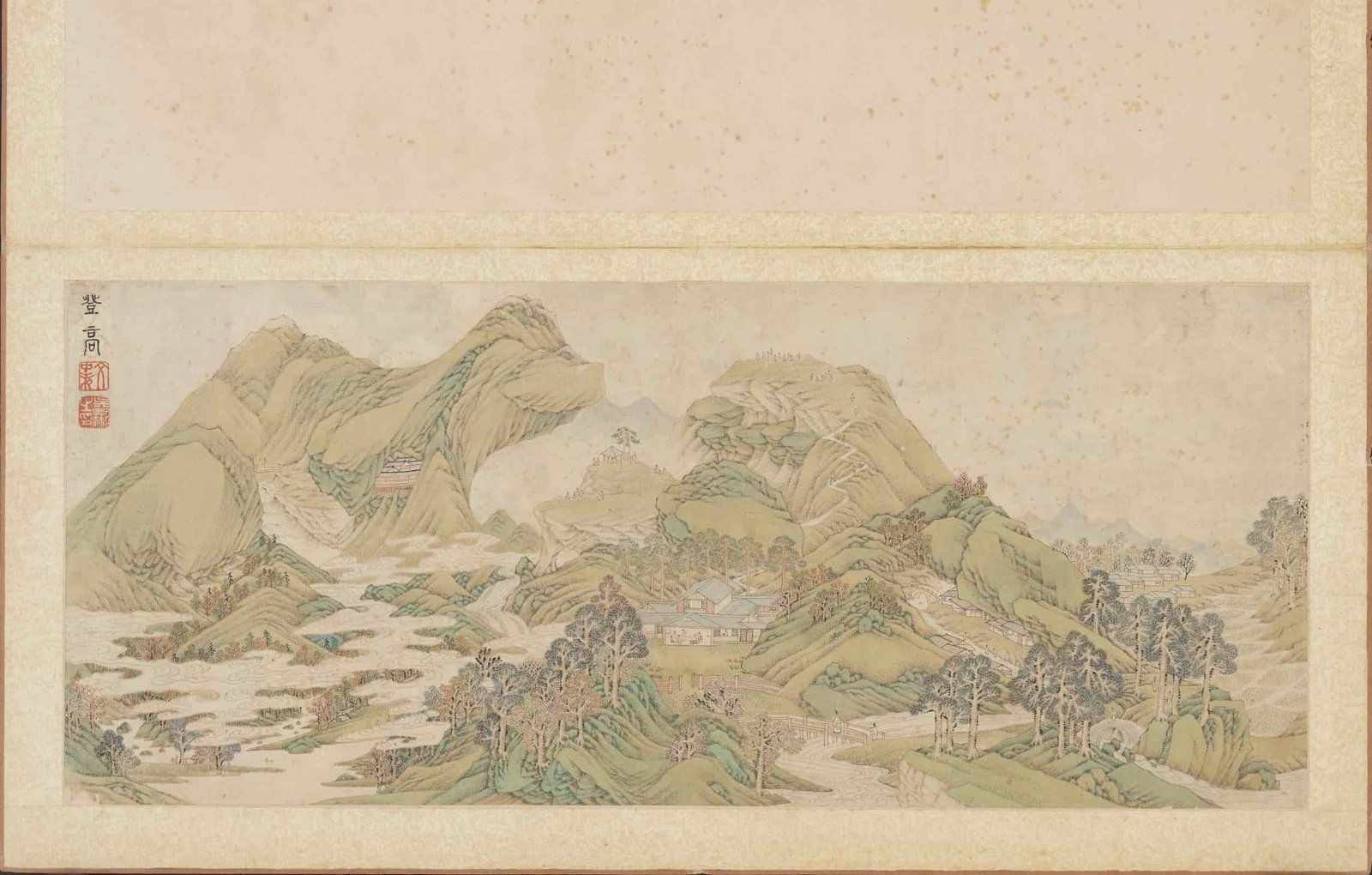
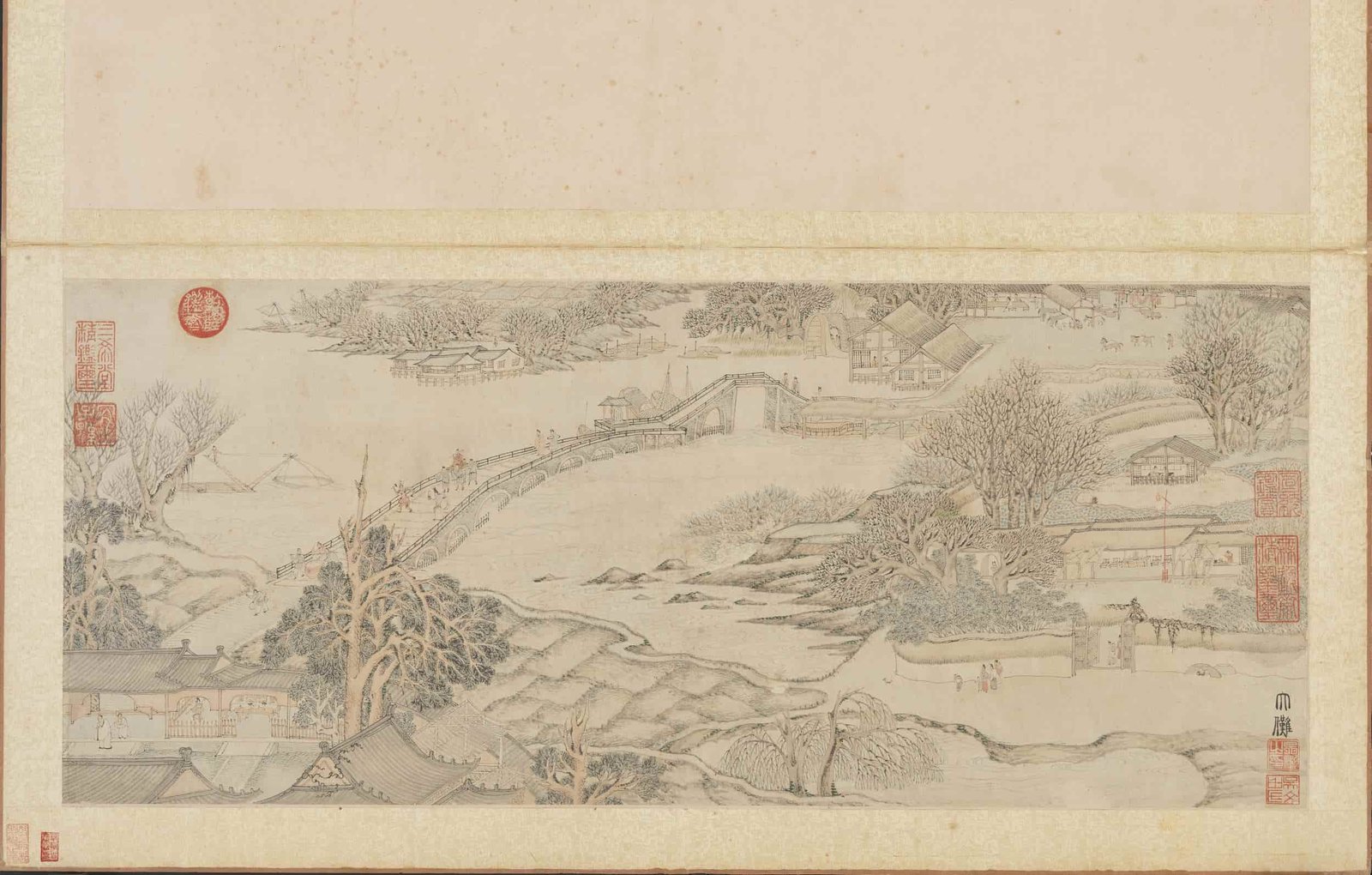
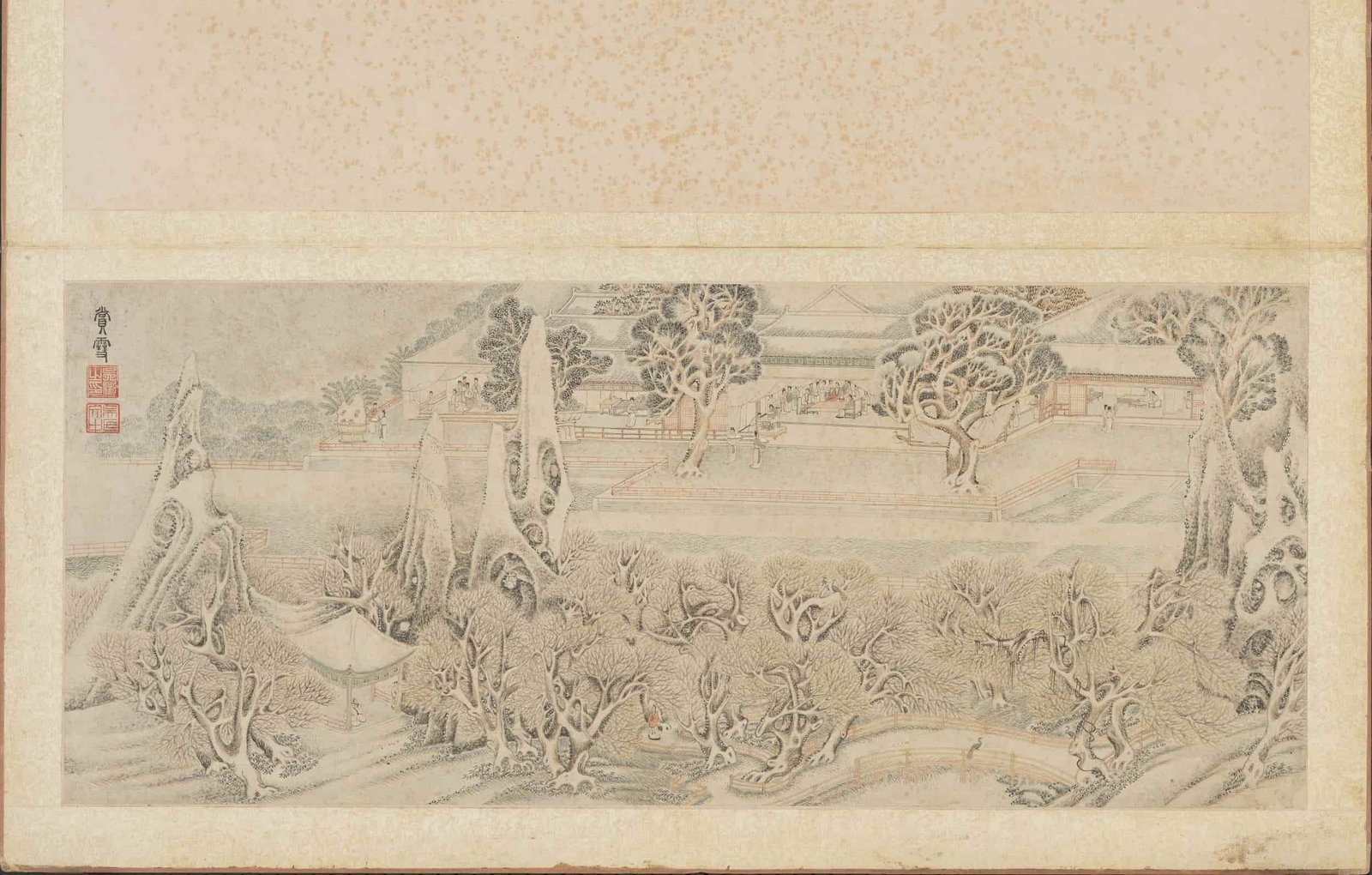
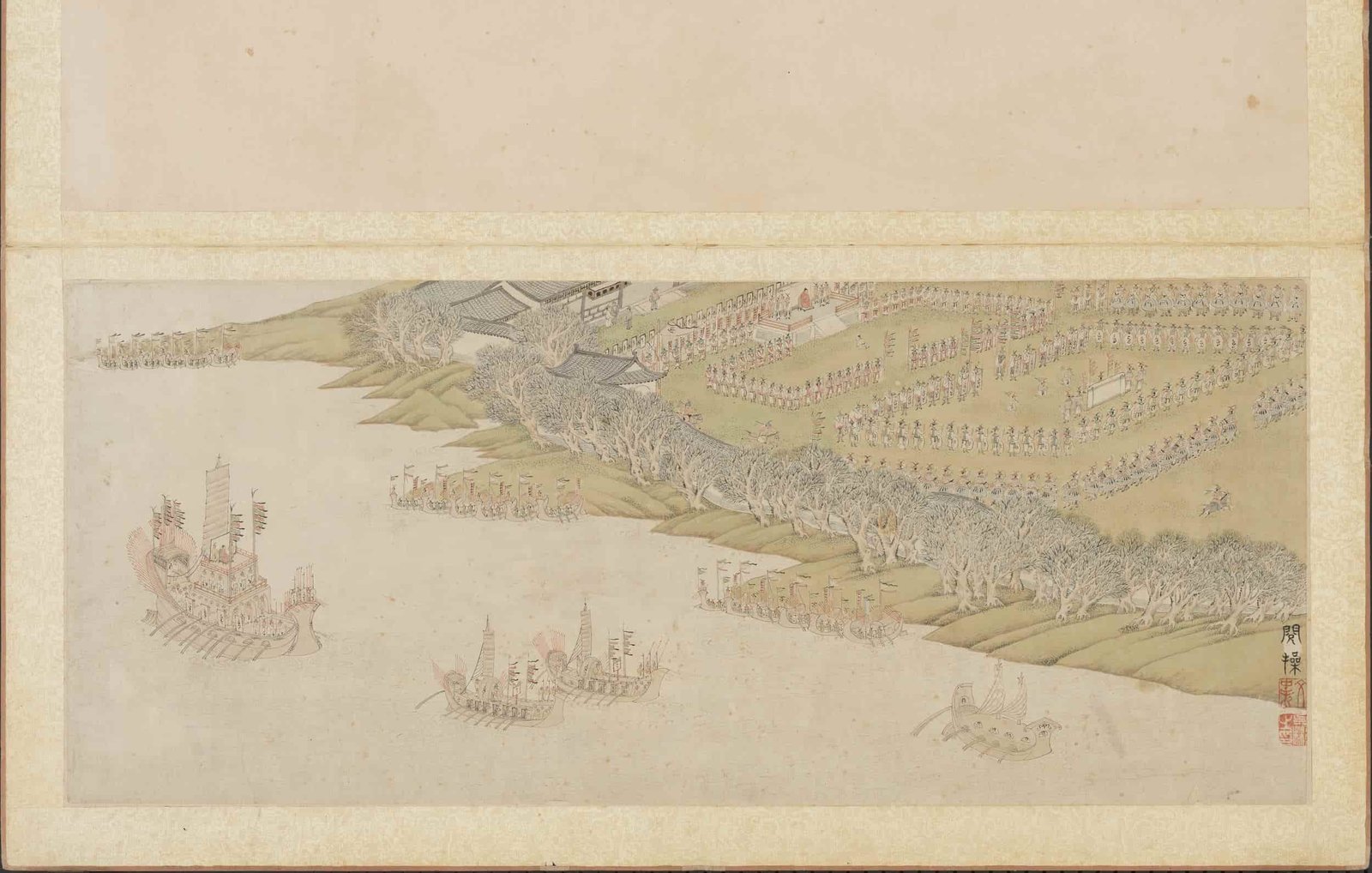
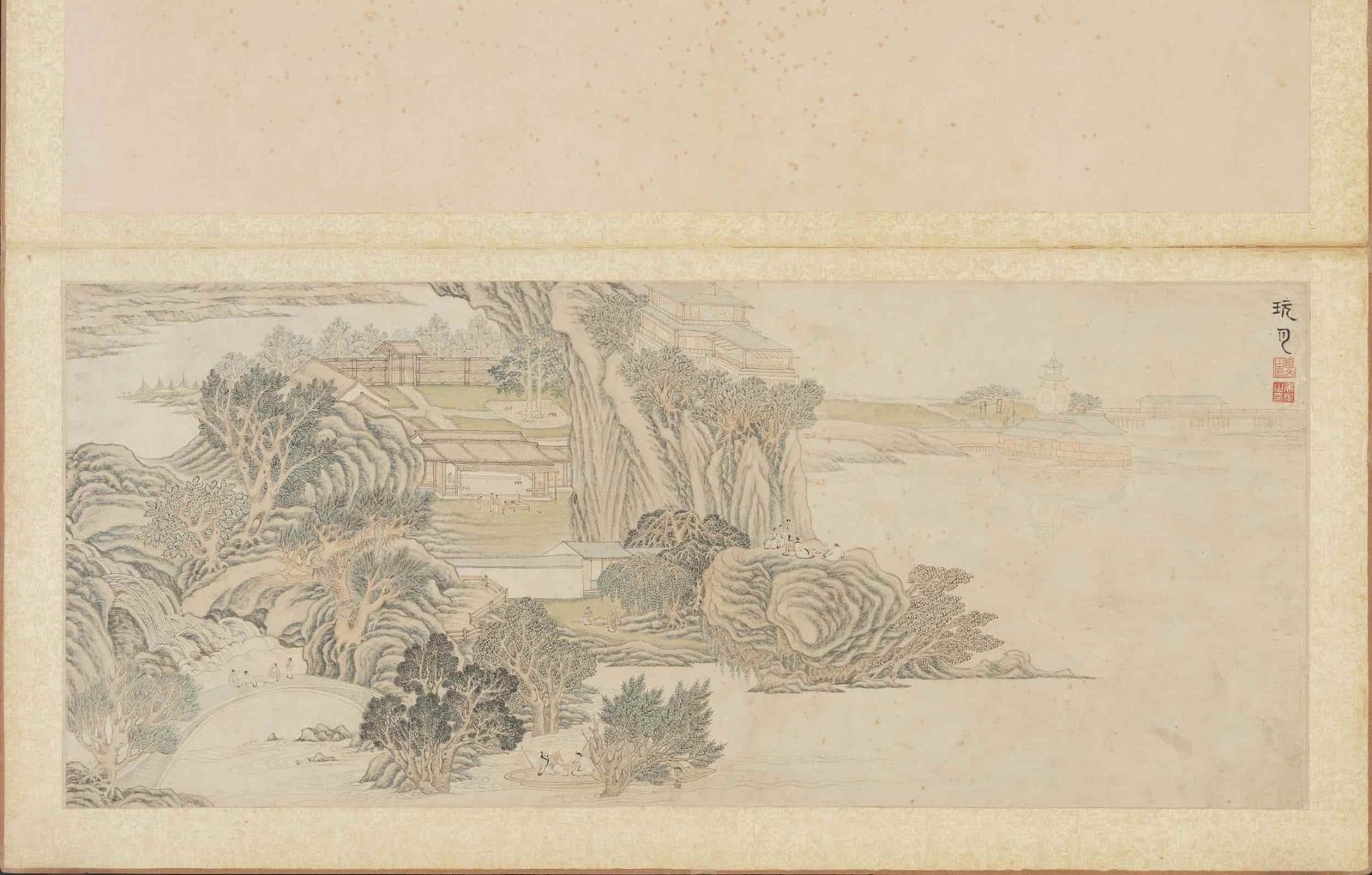
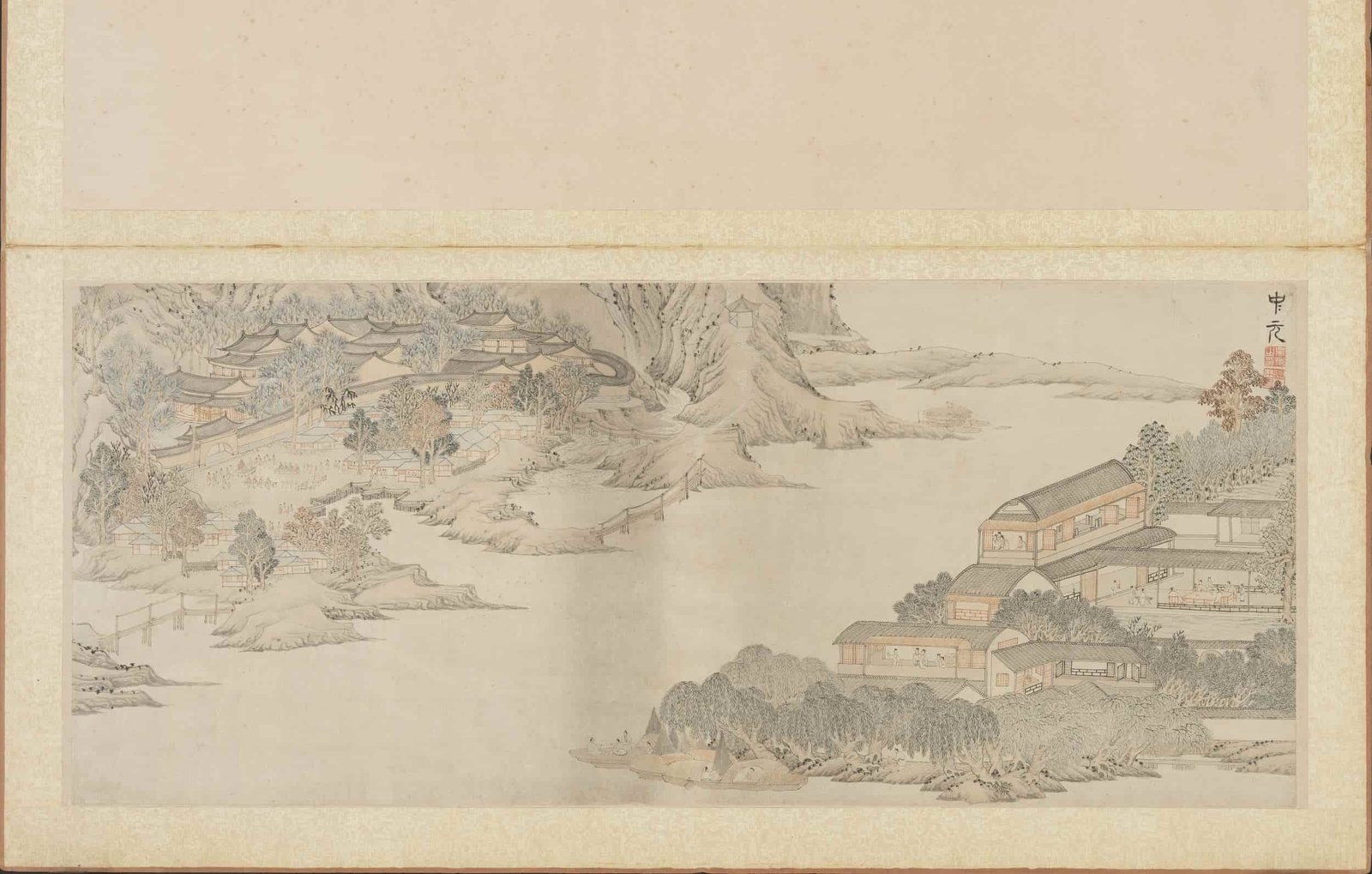
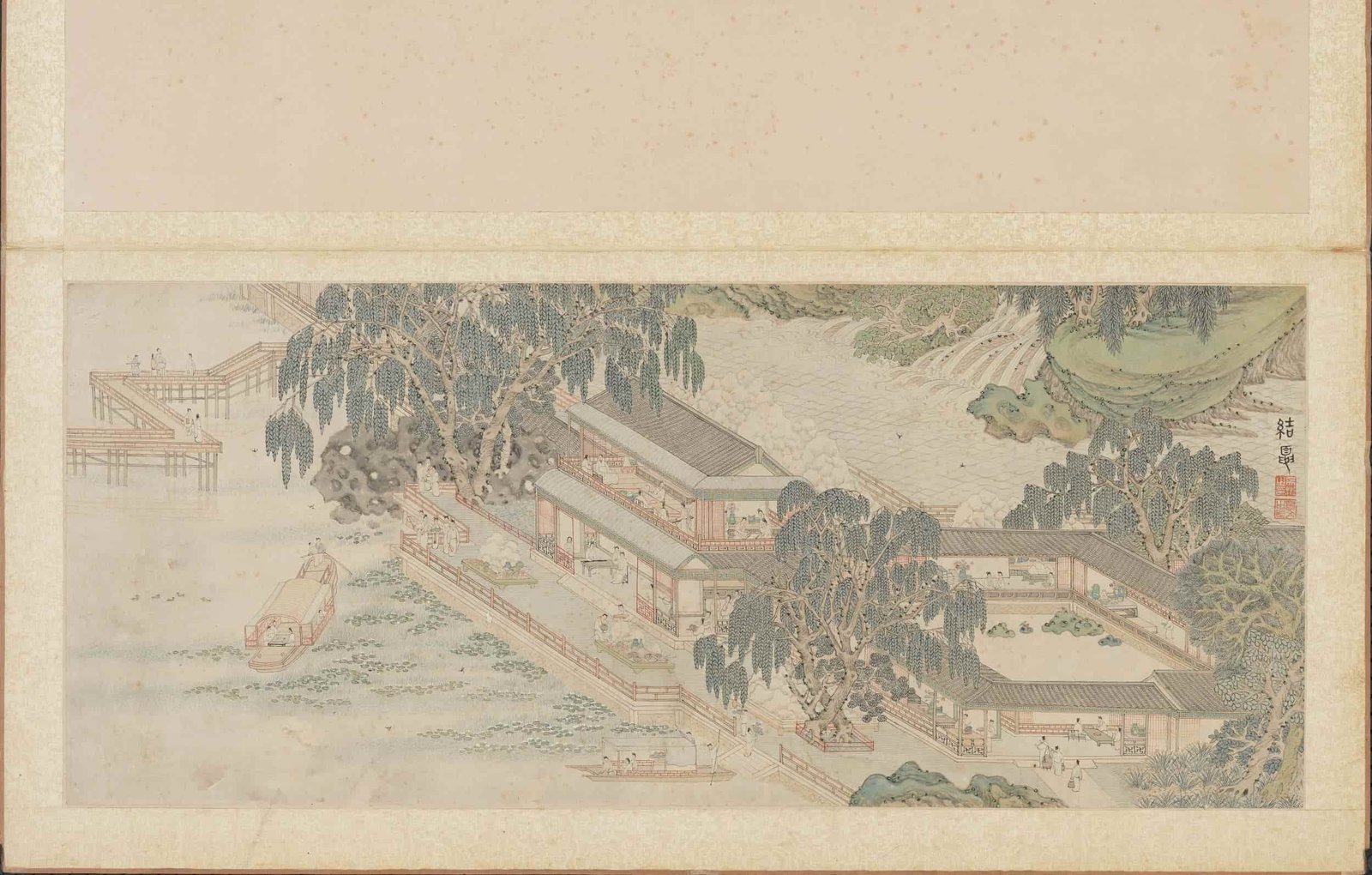
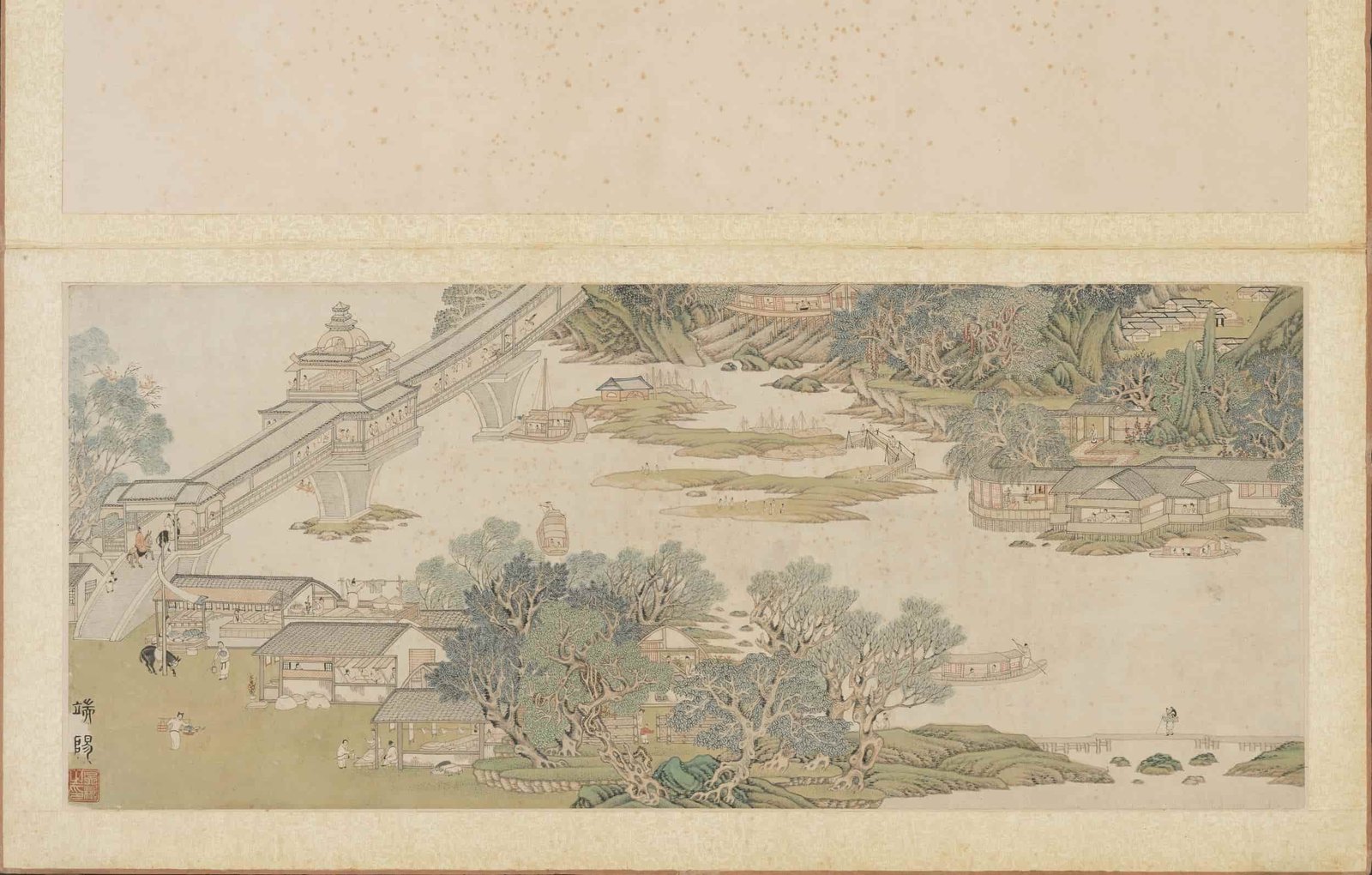
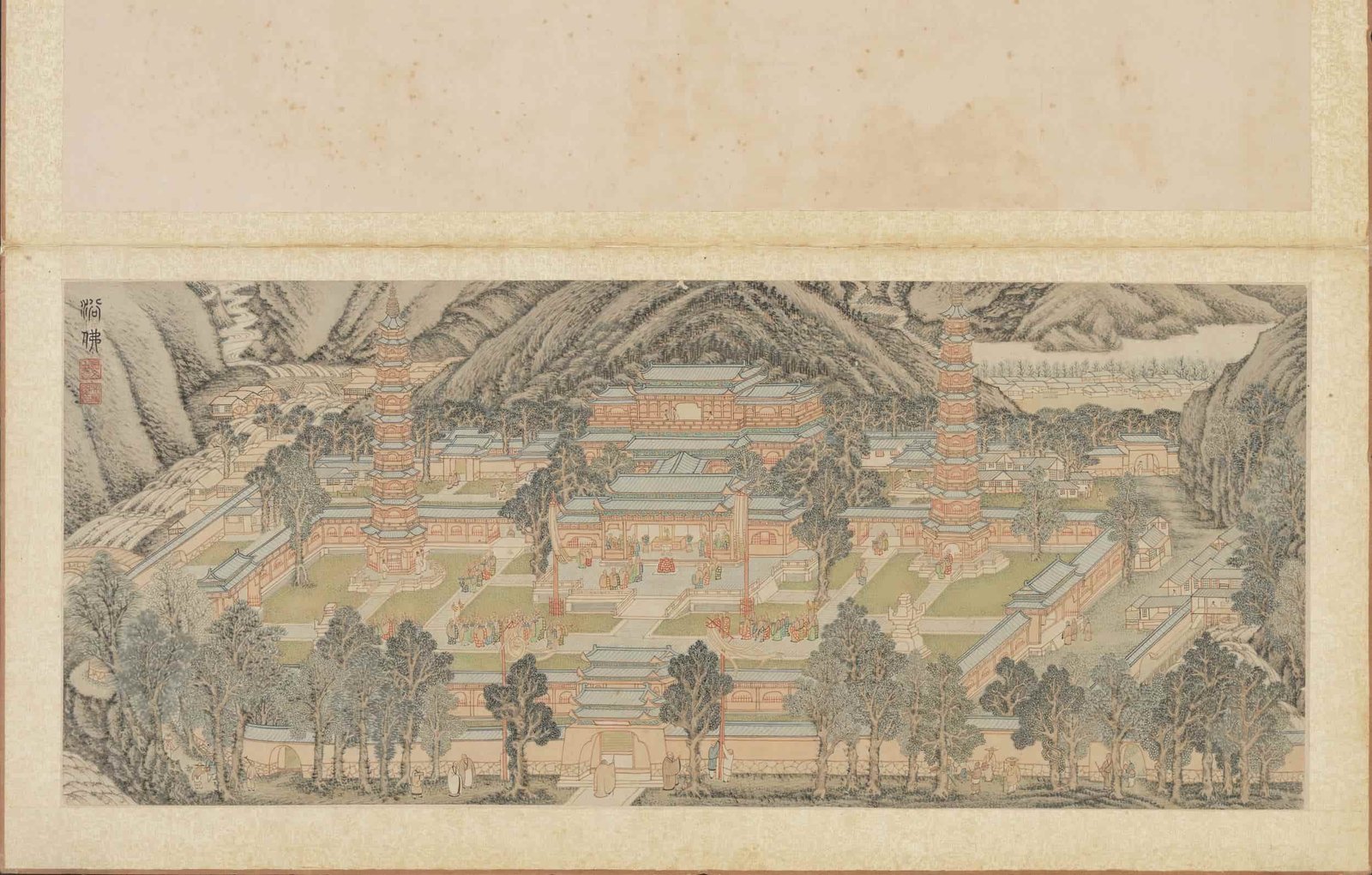
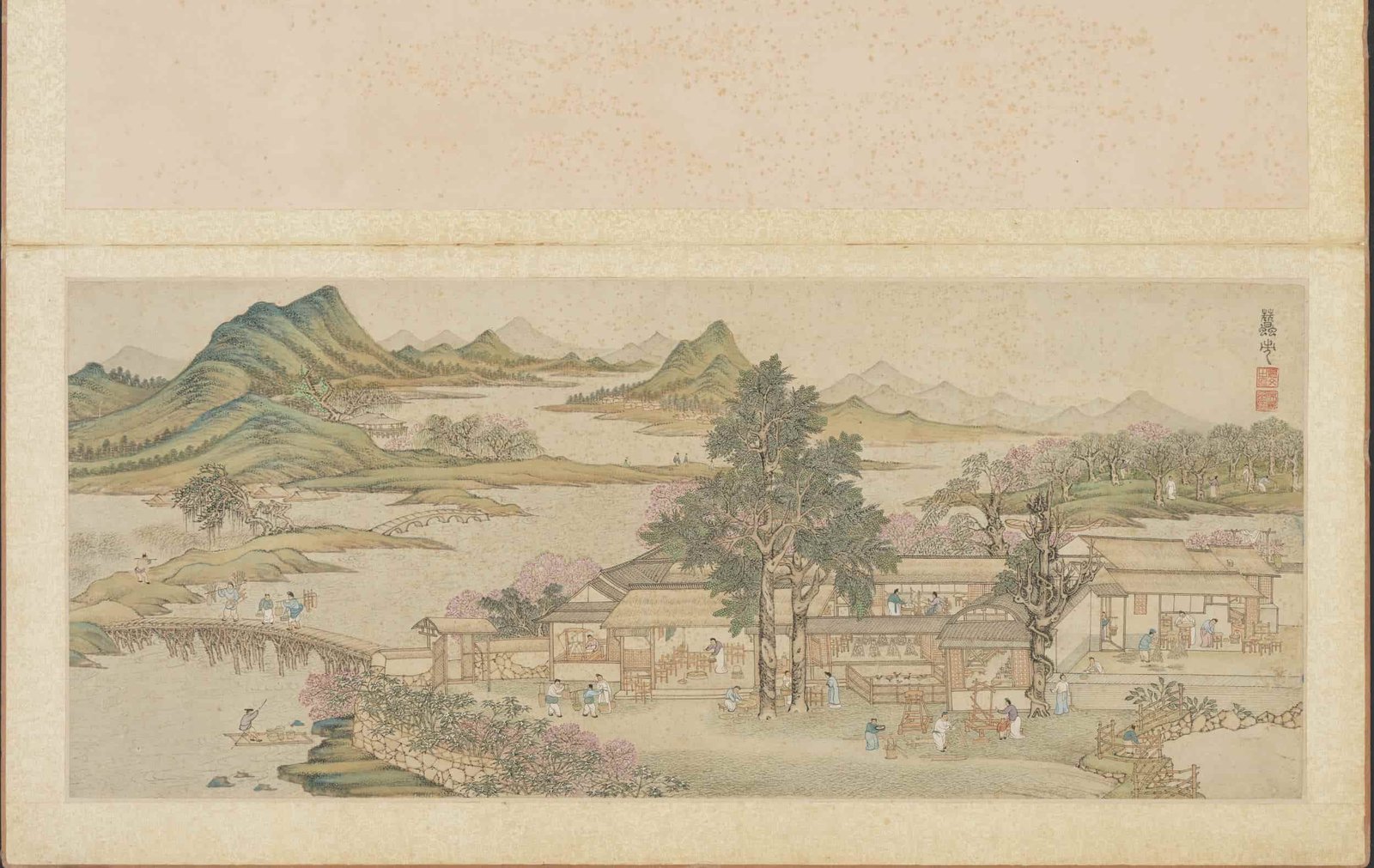
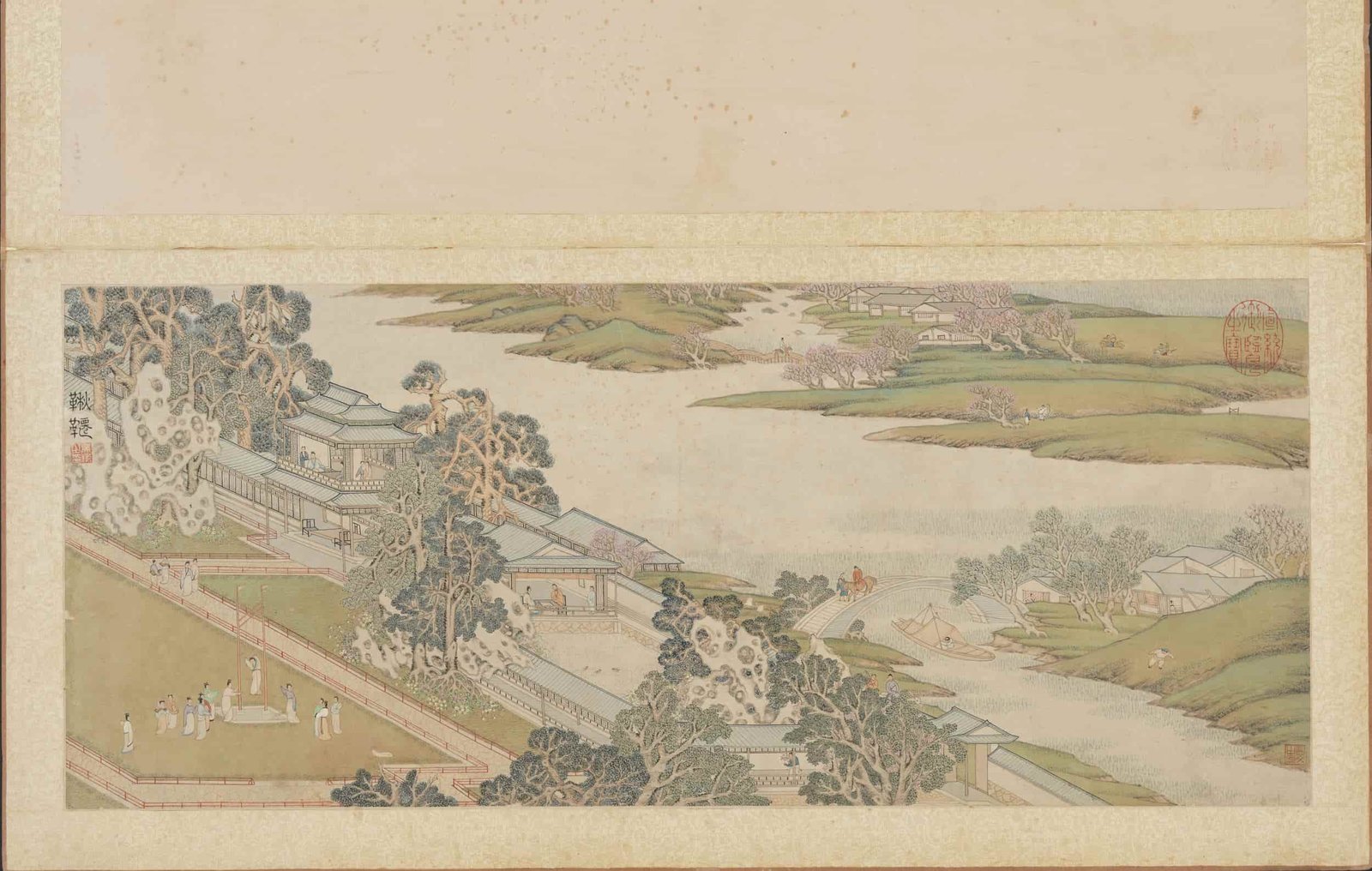
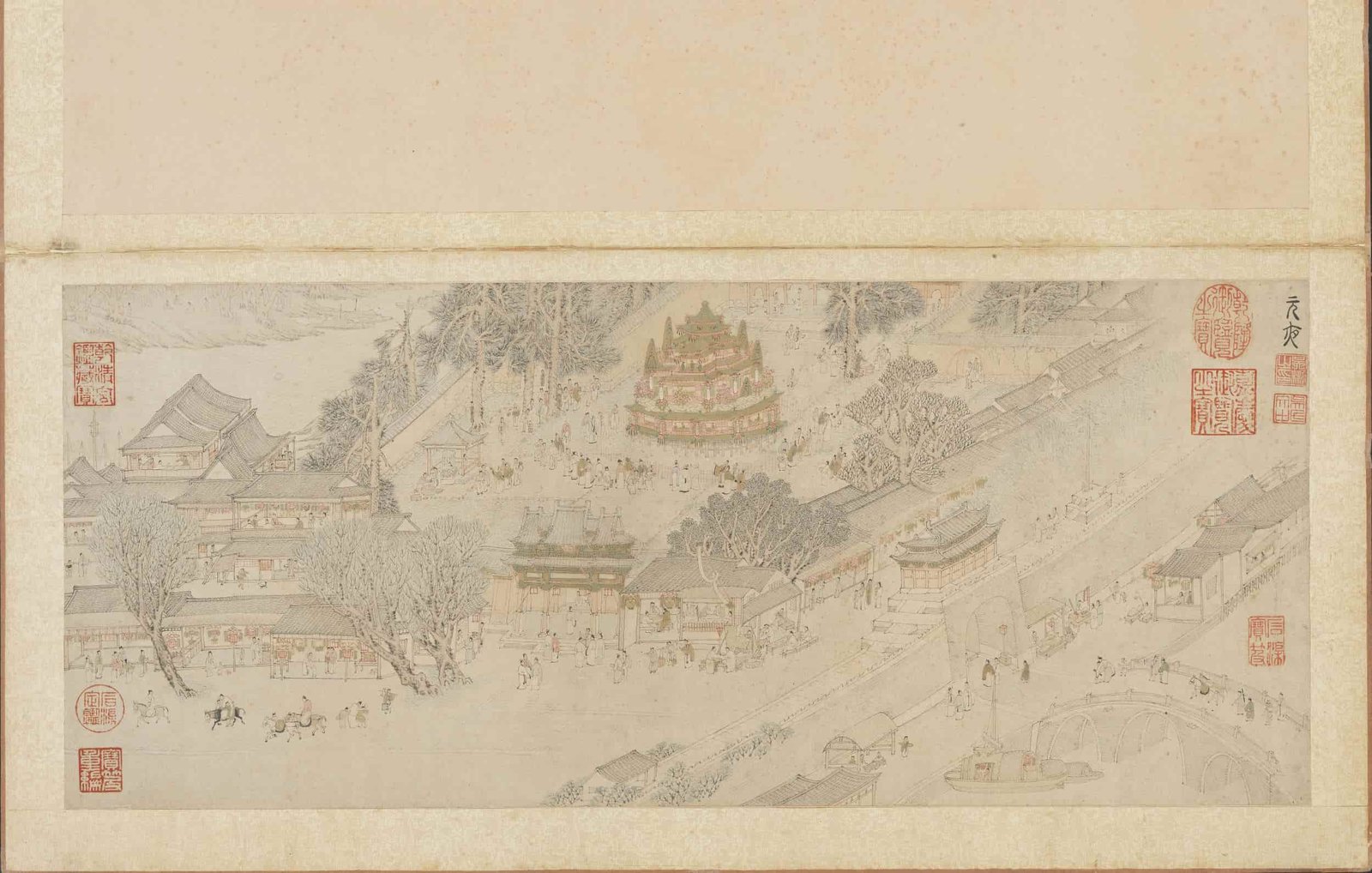
评价
目前还没有评价